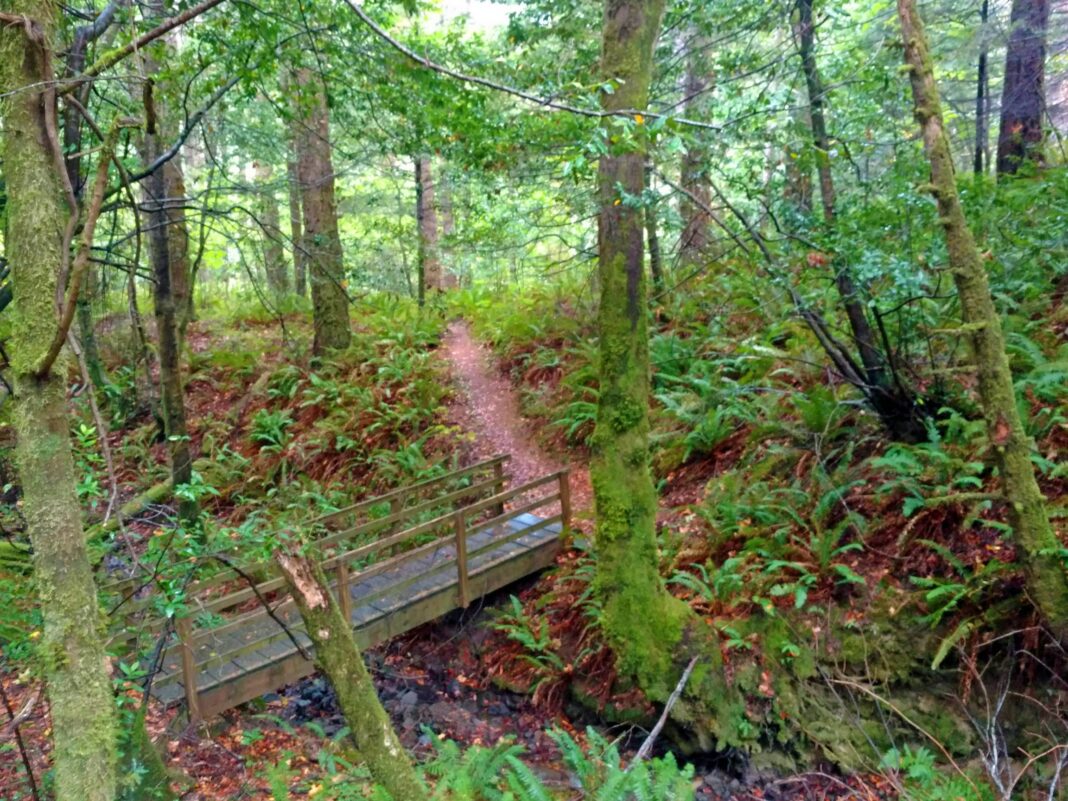An Oregon Dept. of Forestry stewardship forester has found sudden oak death (SOD) infected tanoak trees at Humbug State Park in Curry County, which is a new site outside the current quarantine area.
The infected trees are not within the popular campground, day-use area or most hiking trails. Oregon Parks and Recreation Department (OPRD) is working to treat the area and stop the spread of the disease. Efforts include additional surveys and treatment of infected and surrounding trees. OPRD advises hikers to stay on trails between now and December as efforts to eradicate the pathogen at the site take place.
The site is about 1.5 miles south of the existing emergency quarantine boundary around Port Orford. Most of the infected samples were tested by state and federal agriculture scientists and found to be from the NA2 lineage; results from the rest are still pending.
NA2 was first detected in Oregon forest trees in 2021. Before it was found near Port Orford, it had only been found in nursery stock in Oregon and not in the wild.
This marks the third confirmation of sudden oak death to the north of the 515-square mile quarantined portion of Curry County since March 2021.
Following federal protocol, the Oregon Department of Agriculture (ODA) tested and confirmed the samples from this new location. The U.S. Department of Agriculture’s Animal and Plant Health Inspection Service Plant Protection Quarantine (USDA-APHIS-PPQ) Lab in Maryland conducted a second round of confirmatory testing. Both laboratories confirmed the samples as positive for Phytophthora ramorum, the plant pathogen that causes the disease sudden oak death.
USDA-APHIS-PPQ must confirm new infestation sites before regulatory action may take place. Oregon regulations require state and private property officially confirmed as infested with SOD to undergo treatments. Federal and state funds are available to cover the cost of treating this new infestation and address any additional infestations, should they be detected.
SOD crews from the Oregon Department of Forestry and the USDA Forest Service have monitored areas for infested trees and plants and responded to new detections. Monitoring includes aerial detection surveys, ground-based surveys, and expert stream monitoring.
ODA maintains the Phytophthora ramorum quarantine. The quarantine allows any property in the state, where a SOD infestation has been confirmed (including a buffer zone of 3 miles surrounding), to be placed under quarantine (OAR 603-052-1230 (2)(d)). Thus, an emergency quarantine or an amendment to the existing quarantine does not need to be issued. Oregon’s SOD program will consult with stakeholders regarding any potential expansion of the quarantine boundaries.







